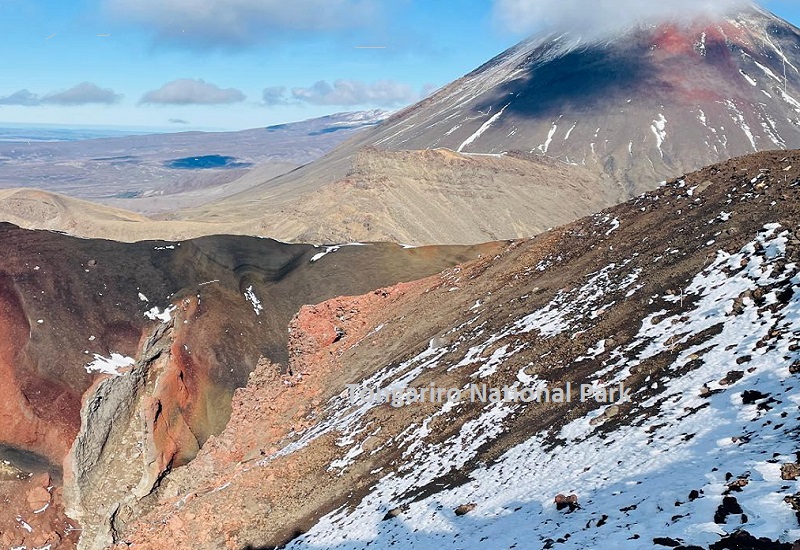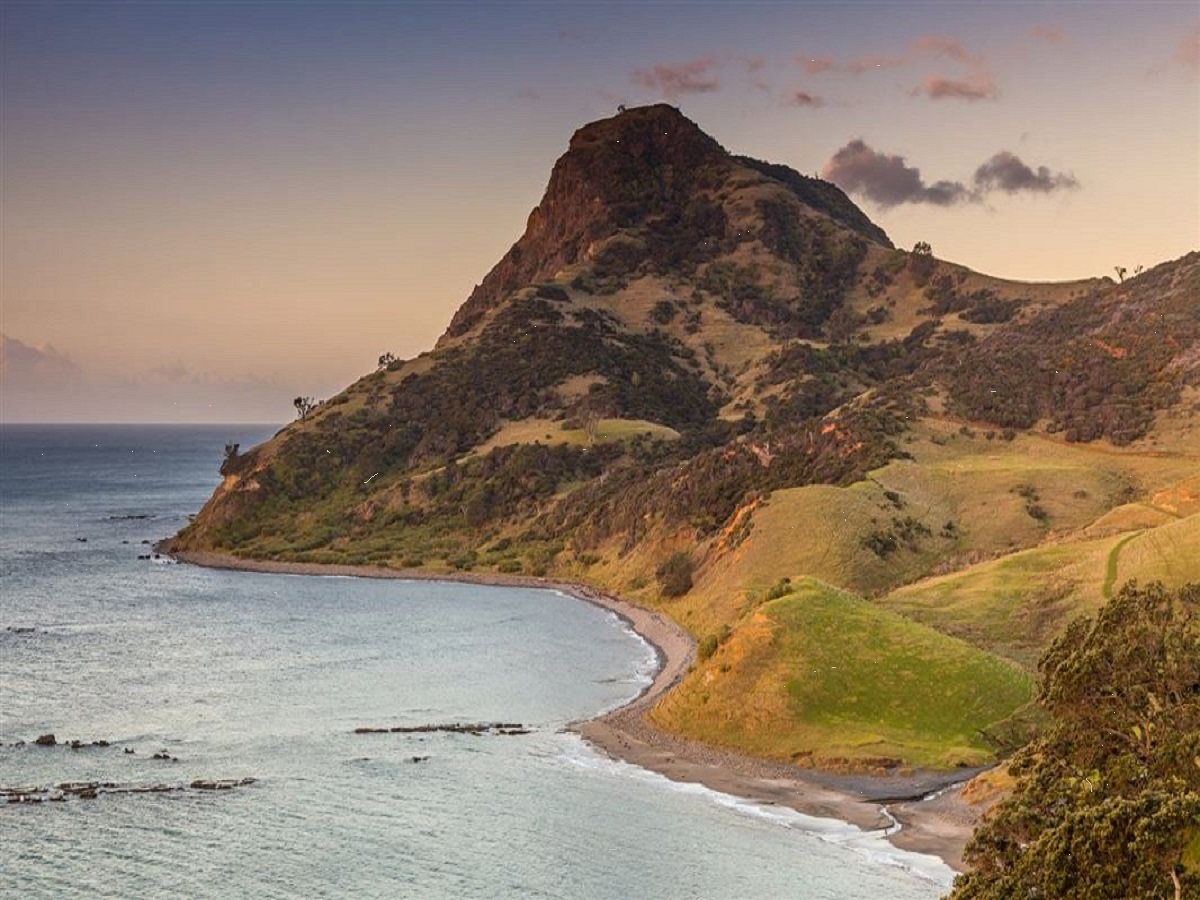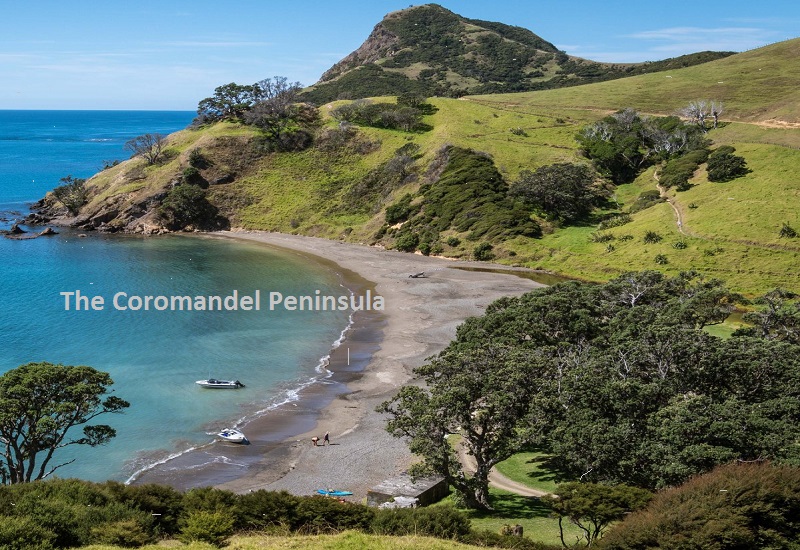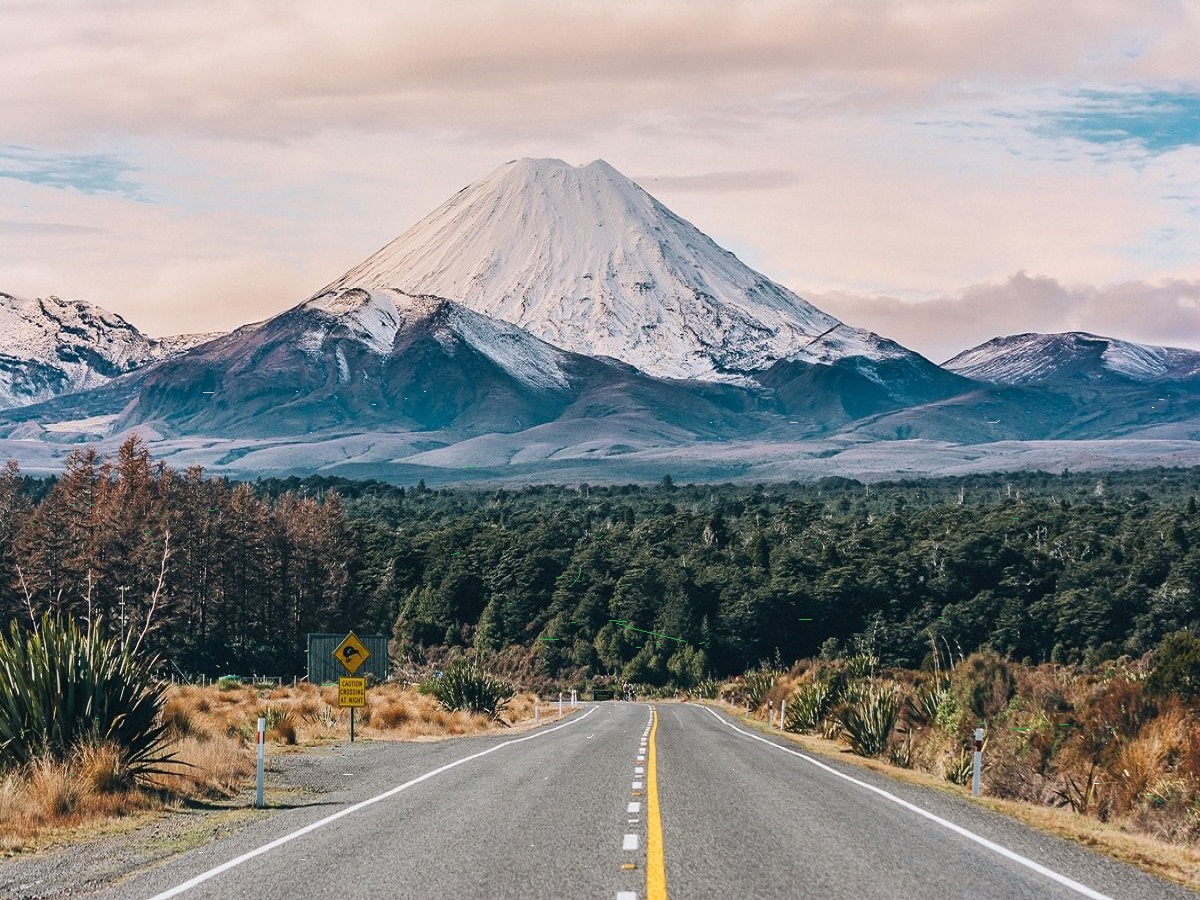Tongariro National Park is one of New Zealand’s most iconic and historically significant natural reserves. Located on the North Island, this UNESCO World Heritage site is renowned for its dramatic landscapes, rich cultural heritage, and outdoor recreational opportunities. If you’re wondering where Tongariro National Park is and what makes it such a special destination, this article will guide you through its location, significance, and what to expect when you visit.
Where Tongariro National Park is Located
Tongariro National Park is situated in the central part of New Zealand’s North Island. It is part of the Taupō Volcanic Zone, an active volcanic area that stretches from Mount Ruapehu in the south to White Island in the Bay of Plenty. The park is approximately 330 kilometers south of Auckland, 320 kilometers north of Wellington, and 100 kilometers southwest of Taupō, making it relatively accessible from major cities and towns.
Key Geographic Features
The park covers an area of about 796 square kilometers and is dominated by three active volcanic mountains: Mount Ruapehu, Mount Ngauruhoe, and Mount Tongariro. These mountains form the heart of the park and are integral to its natural beauty and cultural significance.
- Mount Ruapehu: The highest peak in the park, Mount Ruapehu, stands at 2,797 meters above sea level. It is an active stratovolcano and home to the Whakapapa and Tūroa ski areas, making it a popular destination for winter sports enthusiasts.
- Mount Ngauruhoe: Often recognized as the fictional Mount Doom from the “Lord of the Rings” films, Mount Ngauruhoe is a striking cone-shaped volcano that rises 2,291 meters above sea level. Although smaller than Ruapehu, it is one of the most prominent features of the park.
- Mount Tongariro: The mountain for which the park is named, Mount Tongariro, stands at 1,978 meters. It is the oldest of the three volcanoes and has several craters and geothermal features, including hot springs and fumaroles.
Cultural and Historical Significance
Tongariro National Park is not only a place of natural beauty but also of deep cultural and historical importance. It is New Zealand’s oldest national park, established in 1887, and the fourth oldest in the world. The park was gifted to the people of New Zealand by Te Heuheu Tukino IV, the chief of the Ngāti Tūwharetoa iwi (tribe), in order to protect the sacred mountains from encroaching European settlement and development.
The park’s cultural significance is recognized globally, and in 1993, it became the first site in the world to be dual-listed as a UNESCO World Heritage site for both its natural and cultural values. The mountains of Tongariro, Ngauruhoe, and Ruapehu are considered tapu (sacred) by the Māori, and they hold immense spiritual significance.
Accessibility and Transport
Tongariro National Park is easily accessible by road and is well-connected to major cities and towns on the North Island.
By Car
Driving is one of the most convenient ways to reach the park. If you’re coming from Auckland, the drive to the park takes about 4.5 hours, following State Highway 1 south to Taupō and then continuing on State Highway 41 and 47. From Wellington, the drive is approximately 4.5 hours north via State Highway 1 and 49.
By Bus
Several bus companies operate services to Tongariro National Park from Auckland, Wellington, and other nearby towns. Buses typically stop in Whakapapa Village, the main visitor hub within the park, where you can find accommodation, visitor information, and access to walking tracks.
By Train
The Northern Explorer, a scenic rail service between Auckland and Wellington, stops in the town of National Park, which is just a short drive from the park itself. From there, you can arrange a shuttle or taxi to take you into the park.
What to Do in Tongariro National Park
Tongariro National Park offers a wide range of activities for visitors, from hiking and skiing to cultural experiences and wildlife viewing.
Hiking and Walking
The park is perhaps best known for the Tongariro Alpine Crossing, a world-famous day hike that traverses the volcanic landscape between Mount Tongariro and Mount Ngauruhoe. The 19.4-kilometer trail takes you through diverse terrain, including lava fields, craters, and emerald lakes, offering some of the most spectacular views in New Zealand.
For those looking for shorter walks, there are numerous trails that cater to different fitness levels. The Taranaki Falls Walk, Silica Rapids Walk, and Tama Lakes Track are popular options that provide excellent views of the park’s unique landscapes.
Skiing and Snowboarding
During the winter months, Tongariro National Park becomes a hub for skiing and snowboarding. The Whakapapa and Tūroa ski fields on Mount Ruapehu offer a range of slopes for all skill levels, from beginners to advanced. The season typically runs from June to October, depending on snow conditions.
Cultural Experiences
Visitors to Tongariro National Park can also engage with the rich Māori culture of the region. Guided tours and cultural experiences offer insights into the history, legends, and spiritual significance of the park’s mountains. The Whakapapa Visitor Centre provides informative displays and exhibits about the park’s cultural heritage, geology, and natural history.
Wildlife and Nature
The park is home to a variety of native flora and fauna, including unique plant species adapted to the harsh volcanic environment. Birdwatchers may spot the endangered whio (blue duck) in the park’s rivers, as well as other native birds such as the kākā, tui, and kererū. The diverse ecosystems within the park range from alpine meadows to dense beech forests, offering a wealth of natural beauty to explore.
Conclusion
Tongariro National Park is a place of extraordinary natural and cultural significance, offering visitors a chance to experience the beauty and power of New Zealand’s volcanic landscape. Located in the heart of the North Island, the park is accessible and provides a wide range of activities for adventurers and nature enthusiasts alike. Whether you’re hiking the Tongariro Alpine Crossing, skiing on Mount Ruapehu, or simply taking in the breathtaking scenery, a visit to Tongariro National Park is an unforgettable experience.





Leave a Reply